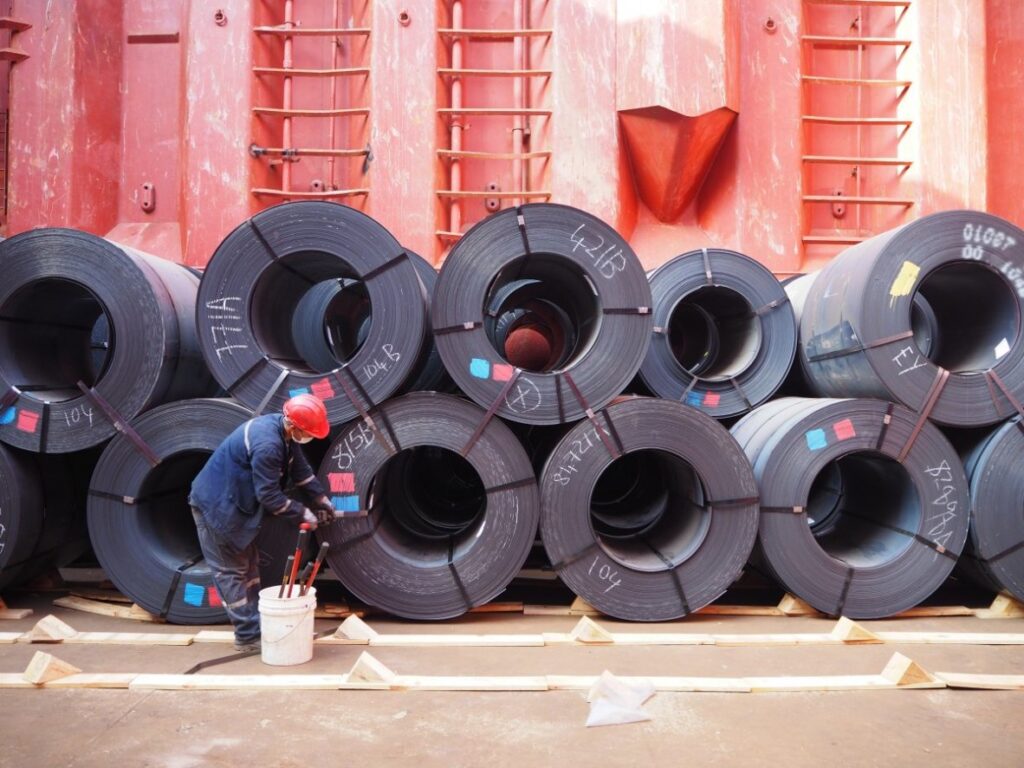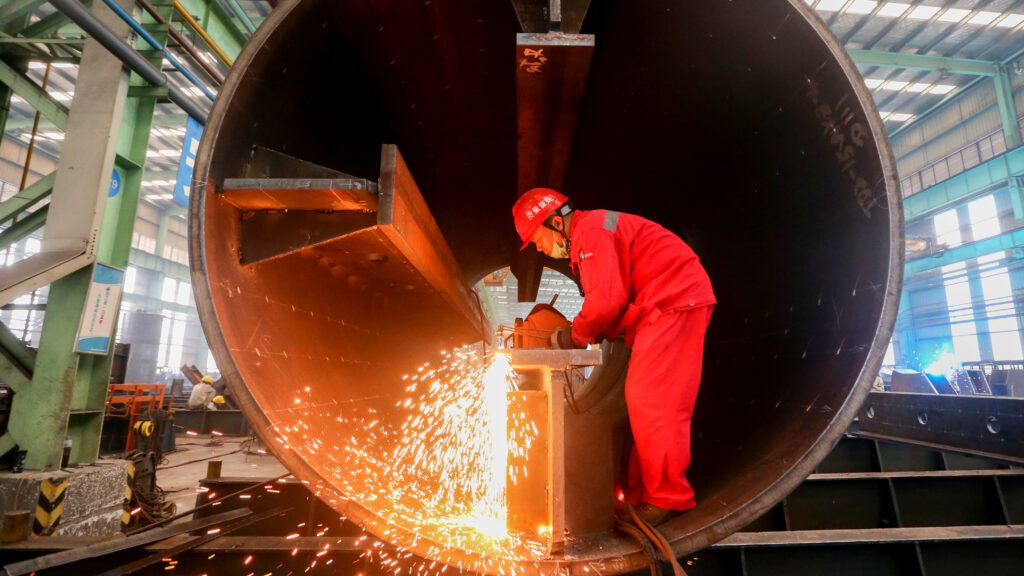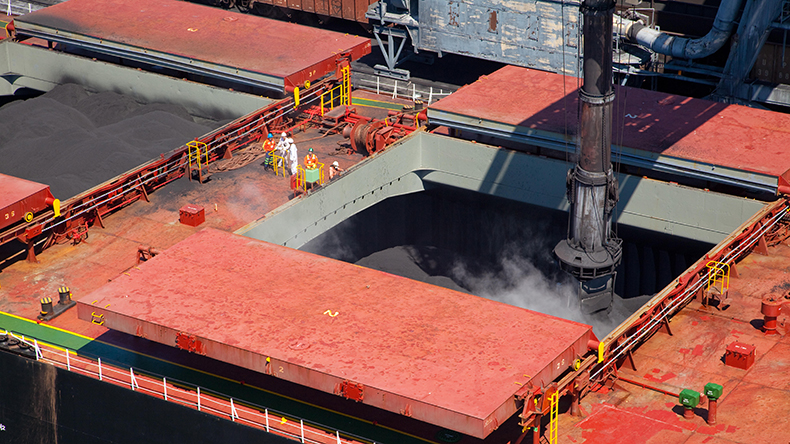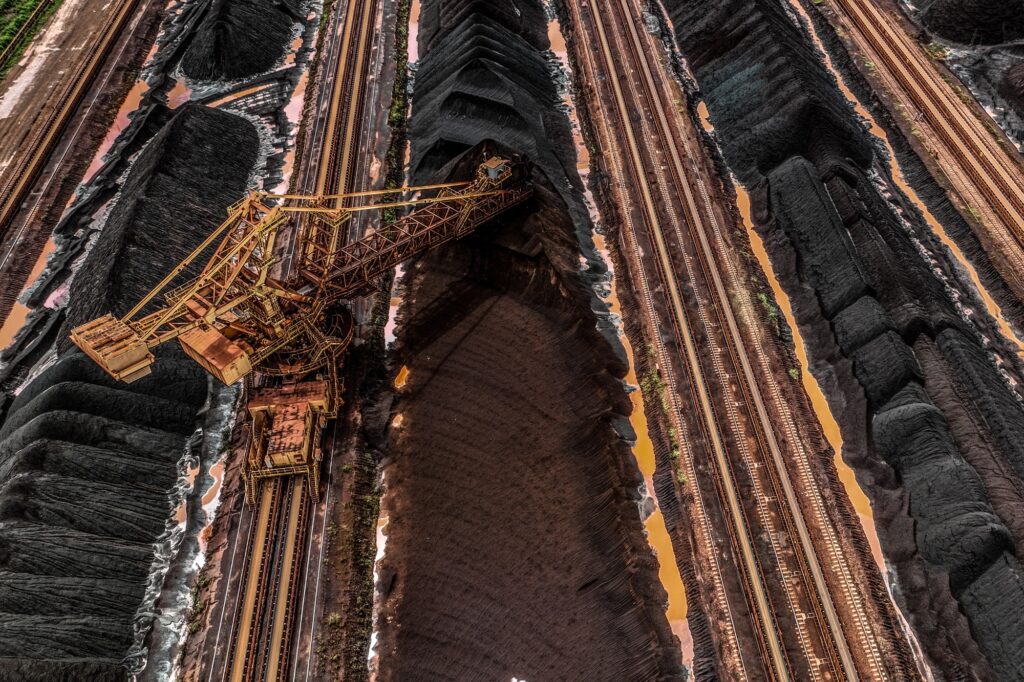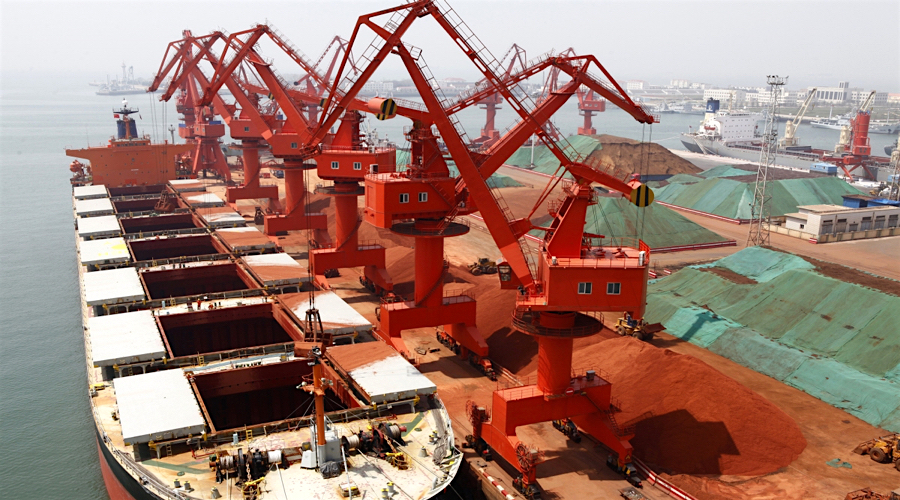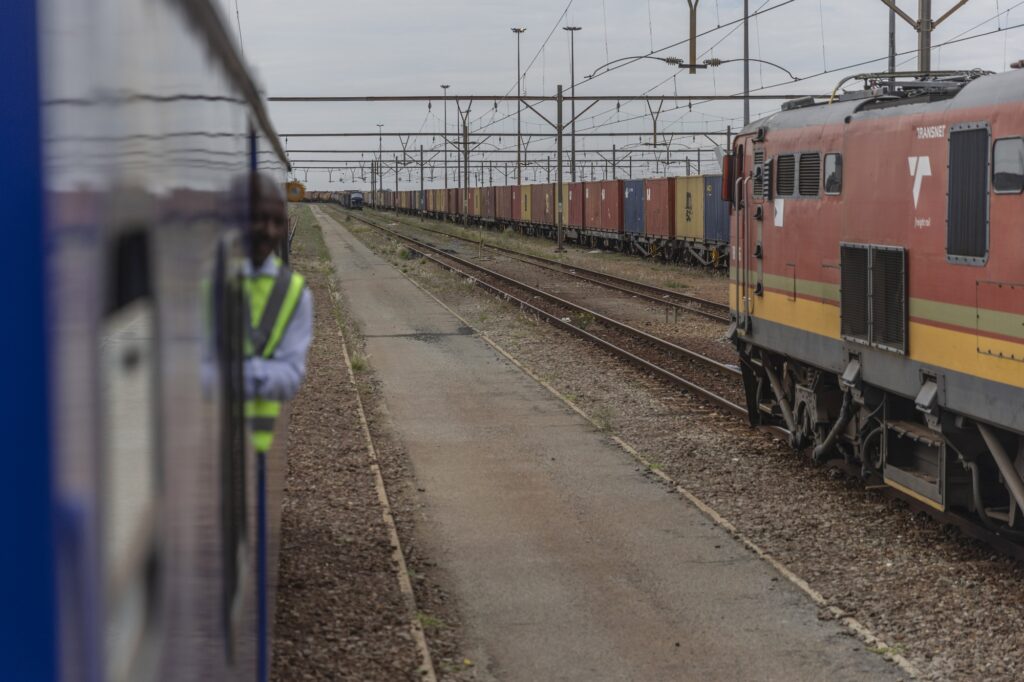According to Vale news, a study that lasted nearly 20 years in the Vale Laboratory opened a new chapter on Tuesday (12th). On that day, Vale CEO Mr. Eduardo Bartolomeo held a press conference in Santos, Brazil. The world’s first iron ore briquetting plant has been symbolically launched at the Tubarao Integrated Operations Area in Victoria, Piritu State. The briquette product developed by Vale has the potential to revolutionize the steel industry. It can reduce greenhouse gas emissions in blast furnaces by up to 10%. The use of green hydrogen will also make zero-emission steel production possible in the future.
“We are on the verge of delivering a product that will support our customers in the steelmaking industry in adapting to the emission reduction targets set by governments around the world, thereby contributing to the fight against climate change,” said Mr. Boando. “In addition, we are leading the way in Brazil. A new industrialization that will be based on low-carbon industry and in which Vale will once again fulfill its mission as a pillar of regional development.”
At the inauguration ceremony of the iron ore briquetting plant, Espírito Santo Governor Mr. Renato Casagrande emphasized the consistency of Vale’s decarbonization plan with the state’s decarbonization plan, He said: “The decarbonization plan we have formulated is to reduce emissions by 27%, 50% and 100% by 2030, 2040 and 2050 respectively. Vale will play an important role in this process. We will take more steps in the future. measures to achieve sustainable development.”
Ricardo Ferraço, deputy governor of Espírito Santo and director of the Department of Development, said: “It was in Espírito Santo that Brazil established its first iron ore mine in the country. Stone pellet plant. Thanks to the extraordinary research and development work carried out by Vale employees, we are about to present to the world the first iron ore briquetting plant, which will emit less CO2 and is therefore an important component of our project to decarbonise the economy. Part of it.”
The first briquetting plant started load testing in August this year and the results were positive, making it possible to start operations within 2023. The second briquetting plant is also located in the Tubarão Integrated Operations Area and is scheduled to start operations in early 2024. The total annual production capacity of the two briquetting plants will reach 6 million tons, with a total investment of US$256 million, creating 2,300 jobs during the peak construction period.
More than 30 companies are interested in receiving briquettes in 2024. Since the briquettes are an innovative product, the briquettes produced within the first two years will be used for testing in the customer’s factory. Companies interested in using briquettes are mainly from Europe and the Middle East, with others from around the world, including Brazil, where demand exceeds a year. In 2024, the total annual output of Tubarao’s two briquetting plants will reach approximately 2.5 million tons, and will gradually reach 6 million tons thereafter.
“The interest shown by our customers in briquettes gives us confidence that this product will revolutionize steel production.” Marcello Spinelli, Executive Vice President of Vale Iron Ore Solutions, said, “The decarbonization of the steel industry will be divided into stage realization. Initially, our customers will look for ways to increase the efficiency of blast furnace production, thereby reducing energy consumption and lowering CO2 emissions. Briquetting already plays a role at this stage. Finally, when green hydrogen can be utilized, briquetting It will help achieve zero-emission steel production, which will be achieved through the direct reduction route as it is ‘cleaner’ than a blast furnace.”
Iron ore briquetting: a Brazilian innovation
The briquette products are pressed from high-quality iron ore at low temperatures using a binder technology solution, resulting in a final product with high mechanical strength. Vale announced in 2021 that it would launch briquetting products. Compared with the traditional pelletizing process, the briquetting process emits less particulate matter and gases such as sulfur dioxide and nitrogen oxides, and the production process does not require water.
The development of briquette products started about 20 years ago at Vale’s Ferrous Technology Center (CTF) in Nuevo Lima, Minas Gerais. The idea of pressing iron ore was not new, but researchers at the time had difficulty ensuring the product maintained its integrity in the blast furnace. Vale then developed an adhesive solution to solve this problem. From laboratory testing to small furnace testing and finally to blast furnace industrial testing, the performance and value of the briquette products are proven.
Vale is currently developing a briquette for direct reduction pathways. The company has successfully tested it experimentally and has launched its first industrial tests in North America.
Briquetting and the road to green steel
Global steel production mainly passes through two paths, namely the blast furnace-converter path and the direct reduction path. The blast furnace-converter route is widely used by steel mills around the world and has high emissions due to its use of metallurgical coke (produced from metallurgical coal) as the main fuel. In the blast furnace-converter route, the use of briquettes can replace the sintering process of sintering iron ore fines into briquettes, potentially reducing greenhouse gas emissions by up to 10%
In the direct reduction route, natural gas replaces metallurgical coke as the fuel, and briquettes and pellets are used to produce hot briquetted iron (HBI), an intermediate product between iron ore and steel. The hot-briqueted iron blocks are then refined into steel in an electric furnace, which produces lower emissions than the conventional blast furnace-to-converter route.
Direct reduction furnaces are used in regions such as the Middle East where natural gas is abundant and competitively priced. Last year, Vale signed deals with countries including Saudi Arabia, the United Arab Emirates and Oman to create mega hubs. The megahub is an industrial complex that produces HBI and will initially use natural gas as energy source. In the future, as green hydrogen replaces natural gas, HBI will enable green steel production with zero greenhouse gas emissions.
Vale has also signed two cooperation agreements to conduct feasibility studies on the development of mega hubs in Brazil and the United States.
Emissions reduction targets
Briquetting products will help Vale achieve its strategic goal of reducing “Scope 3” net emissions by 15% by 2035. Vale has signed agreements with more than 50 customer companies to provide decarbonization solutions, and their total emissions account for 35% of the company’s “Scope 3” emissions. One of the solutions proposed by these agreements is the co-location of briquetting plants at some of the customer’s production sites.
Vale has also committed to reducing absolute Scope 1 and 2 emissions by 33% by 2030 and achieving net zero emissions by 2050.



